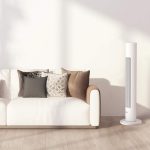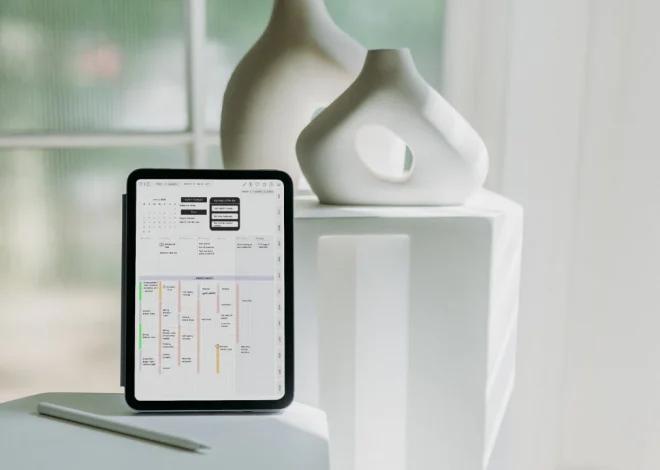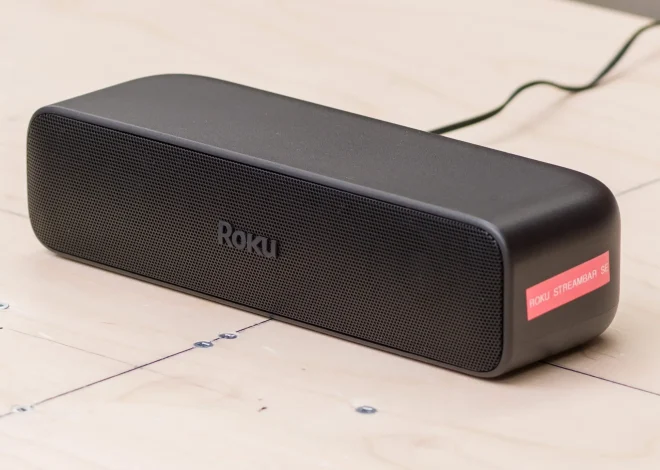Protecting Your Data When Using Internet of Things Devices

The Internet of Things (IoT) encompasses a wide range of internet-enabled gadgets, including laptops, smartphones, wearable technology such as smartwatches and virtual reality headsets, as well as home appliances, vehicles, cameras, gaming consoles, and any other device that connects to the internet. These IoT devices are equipped with sensors, processing power, and software that allow them to communicate and exchange data over the internet.
Given the extensive use of IoT devices both at home and in the workplace, cybercriminals are constantly on the lookout for unsecured or forgotten devices to infiltrate networks and steal sensitive information, especially within government systems. Therefore, it is crucial to monitor and manage all devices on a network to reduce security risks.
How to Secure Your Internet of Things Devices
While IoT connectivity offers numerous advantages, it also introduces new challenges related to privacy and cybersecurity. Fortunately, by taking certain precautions, you can protect your IoT devices:
Research Before Buying
The security quality of IoT products varies significantly. Before acquiring a new smart device, take some time to investigate. Check user reviews and look for any reported security or privacy issues. Understand the security measures the product offers and be aware of any vulnerabilities.
Adjust Privacy Settings Immediately
Once you power on a new smart device, promptly access its privacy and security options. Tailor these settings to match your comfort level. Many devices default to minimal security, often sharing behavioral or location data with manufacturers. Consider carefully what data you are willing to share.
Enable Multi-Factor Authentication (MFA)
Whenever possible, protect your devices with multi-factor authentication. This additional security layer helps prevent unauthorized access even if your password is compromised. Common MFA methods include authenticator apps or text message codes.
Disable Unused Features
Besides setting privacy preferences, evaluate which device functions you actually use. IoT devices often come with features you may never need. Disable those unnecessary options to enhance your security and privacy.
Change Default Passwords
One of the most effective ways to boost your device’s security is to change default passwords immediately. Default credentials are usually easy to guess, yet many users neglect to modify them. Create a strong, unique password for each device, using at least 12 characters, combining letters, numbers, and symbols.
Keep Devices Updated
Beyond changing passwords, regularly updating your devices is vital for maintaining security. Manufacturers release software updates that fix vulnerabilities and improve functionality. Apply these patches as soon as they become available, and consider enabling automatic updates to ensure you don’t miss critical fixes. Sometimes a restart is required to complete installation.
Be Careful with Device Placement
Many smart devices have microphones and cameras that can be activated without your knowledge—sometimes by hackers, other times intentionally to collect data. Therefore, think carefully about where you place these devices within your home to protect your privacy.
In summary, using smart devices requires equally smart security practices to keep your data safe.













